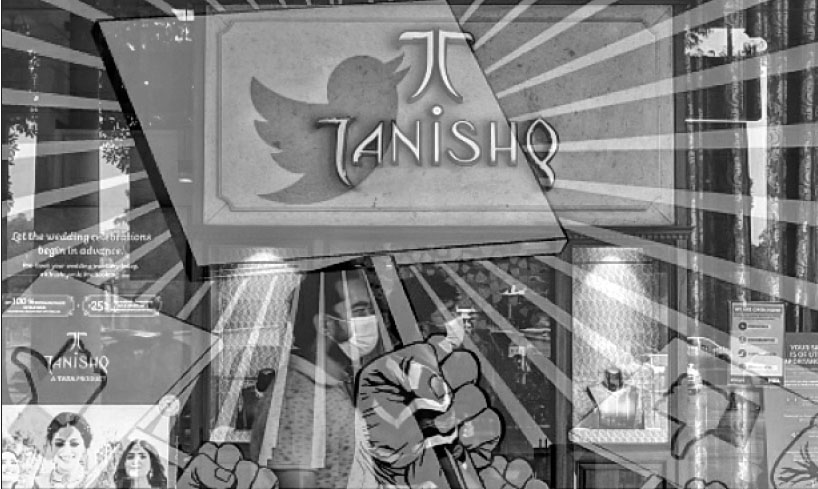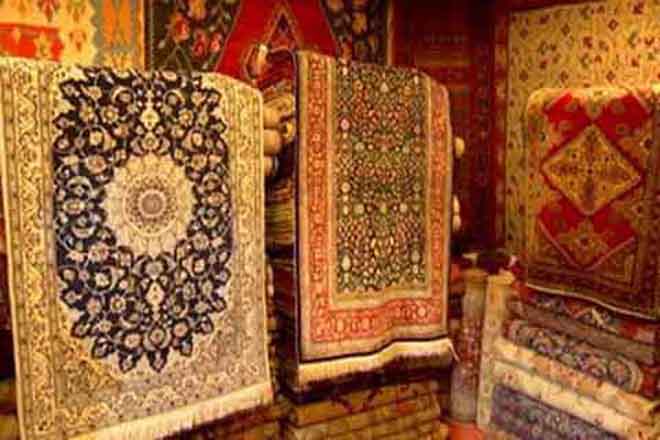
INDIAN Film industry and Cinema at large, are known for their tremendous potential and worldwide consumption after Hollywood. Both the media have played a pivotal role in forging a multicultural and pluralist image of India on a global screen. Advertising Industry of India is another stronghold which is regarded as a second highest growing market in Asia, with outstanding prospects for future growth.
However, with whopping consumption and popularity worldwide, Indian Cinema has hardly been able to steer away from controversies and criticism. This partly stems from its overarching magnitude and outreach and also sometimes its reception across different contexts and collective mental landscapes. While Bollywood has been criticised time and again for promoting sexism, normalising rouge behaviour, colourism and its problematic portrayal of Muslims; Advertising Industry hasn’t remained free of fallibilities either. Notwithstanding, the shadow of controversies has recently eclipsed Advertising Industry recently again with an ad-release by Tanishq, a popular jewellery brand that sought to foster interfaith tolerance and harmony among Hindus and Muslims with the advertisement.
Unfortunately though, as public opinion would have it, the multicultural road taken by Tanishq, a strand of Titan from the house of Tata, didn’t go well with people who immediately took to Twitter to set the hashtag #boycotttanishq trending.
The forty-five second advertisement clip released by Tanishq on 9th of October featured its new jewellery line Ekatvam, which colloquially means unity and symbolically sent across the message of Hindu-Muslim tolerance and harmony. Featuring a Muslim family celebrating and enamouring the baby-shower ceremony of their Hindu daughter-in-law, a ritual which otherwise is not practised among Muslims, the advertisement sought to symbolise interfaith love and forbearance. As well-intentioned and well-meant it appeared from the description given underneath the video-clip, the advertisement spiralled out into a huge controversy uncloaking the deep-seated bigotry and intolerance that has now become a feature of Indian culture.
Misread as the message of intercultural solidarity and tolerance was as Love Jihad, the advertisement faced tremendous criticism from various quarters with some calling the brand out for promoting fake secularism. The hashtag #boycottTanishq went trending on Twitter with almost everybody from commoners to reputed figures peddling the narrative of hatred. Such vitriolic was the backlash that the brand as well-grounded as Tanishq buckled under the pressure and removed the advertisement from its Youtube channel soon after.
Not much later, Kangna Ranaut joined the online tirade against the advertisement which in her analysis promoted Love Jihad. She also went on to report sexism that the advertisement perpetuated according to her understanding. She opined that, the fact that the Hindu daughter-in-law finds acceptance within the Muslim family merely as a favour for carrying the family’s heir was sexist.
This venomous hate campaign against the idea and ethos that the advertisement sought to promote, begs several profound questions and explanations. First analysing Ranaut’s criticism, it appears to have emanated from selective reading of the clip. As inadequate her analysis of the advertisement appears, she seems to have skipped the expressional arc of the clip altogether. Festivity and celebrations sail in the air as the expressions of fulfilment, togetherness and happiness are portrayed on both sides with no hint of hesitation or unease on either side as the notion of LoveJihad presumes. Also, her commentary on alleged sexism promoted by the AV also holds little water as it presupposes rejection and ill-treatment of the daughter-in-law until the news of the baby’s conception breaks.
Secondly, the reaction that surfaced post the release of the advertisement clip cannot be counted as mere dismissal. It rather comes to qualify as outright rejection of an idea which is seen as subversive. Even if the idea was taken as unacceptable, protest could nevertheless be registered in a much dignified way. It could allow to at least generate an informed debate and inter-cultural discourse.
Moreover, rather than seeing the daughter-in-law in the advertisement as an agential adult capable of making informed choices for herself, the problematic public gaze imagines her as a helpless woman in desperate need of saving.
Lastly, the knee-jerk reaction serves as a pointer to gauge the status of deep-seated Islamophobia and Muslimphobia in the current multicultural landscape of the country. As one goes through the comments related to the now-removed video, one finds most of them validating the response. Most of the comments tout the reaction as a balanced one in comparison to the presumed havoc that Muslims would create were the roles in the advertisement to be reversed. This uncovers the problematic social and cultural imagination of Muslims that is limited to that of threat and liability.
Also, cultural dispossession of the subaltern i.e. Muslims in this case can be gauged from the absence of any retaliatory lexicon to counter problematic semantics like “Love Jihad”. This stems from the fact that production and reproduction of a semantic is a prerogative and privilege of the powerful, the consequences of which are to be borne by the opposite.
Since this incident doesn’t exist in a vacuum, it unlayers how political polarization plays out on social and cultural planes further fortifying the stereotypes that need to be demolished and wiped out.
Paradoxically, even for a woman belonging to the notionally dominant group where most of the social and cultural capital is concentrated, the struggle for the exercise of agency doesn’t get any concessions, unfortunately.
Understandably, the struggle gets more telling if a one’s location on the matrix of religion, region gender and economic background is unfavourable just as happened few days with a Kashmiri girl in Lajpat Nagar of Delhi. True the details of the case are still conflicted, yet there is no dearth of similar cases to testify how the identity of Kashmiri youth is criminalized with negative portrayal in public narratives. As they always run the risk of such populist aggression, Muslims, subaltern and other sane voices’ efforts get reduced to filling a bottomless pit of intolerance.
As Tanishq must currently be working the logistics out to reduce the damage caused to its brand image, the episode has already spelled out the verdict against inter-cultural dialogue both at the level of cinema and Indian society at large.
Follow this link to join our WhatsApp group: Join Now
Be Part of Quality Journalism |
Quality journalism takes a lot of time, money and hard work to produce and despite all the hardships we still do it. Our reporters and editors are working overtime in Kashmir and beyond to cover what you care about, break big stories, and expose injustices that can change lives. Today more people are reading Kashmir Observer than ever, but only a handful are paying while advertising revenues are falling fast. |
| ACT NOW |
| MONTHLY | Rs 100 | |
| YEARLY | Rs 1000 | |
| LIFETIME | Rs 10000 | |













